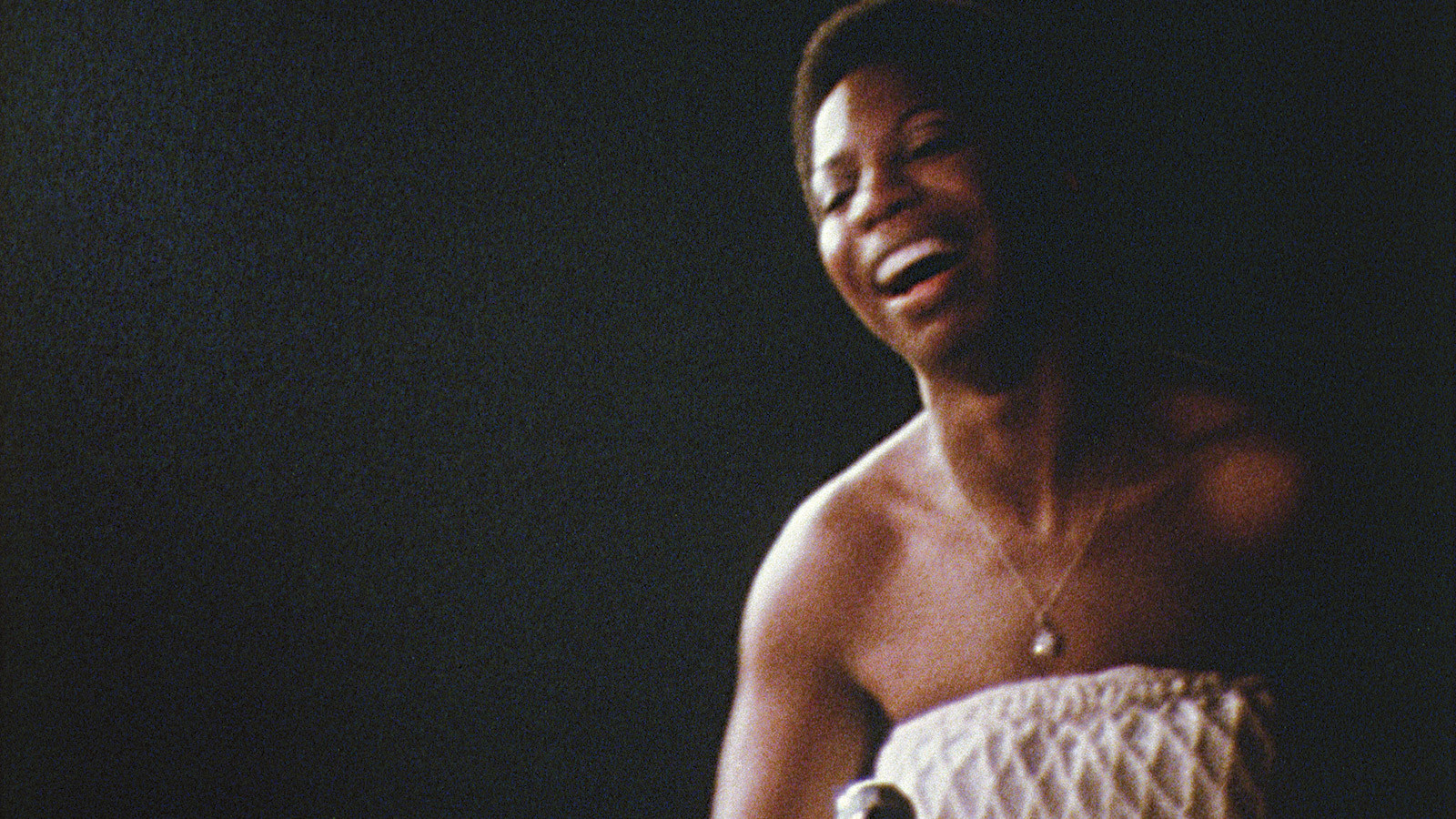
Short Takes: What Happened, Miss Simone?
Standing stock-still before a piano, Nina Simone kicks off a concert by leveling her serpentine gaze at the crowd. Like a performance artist, she stretches silence past the point of comfort, drawing power from the dumbstruck anxiety of her spectators. Then, with a comedian’s sense of timing, she breaks into a smile, bobbing her head with a spontaneous glee that cuts through the tension.

Director Liz Garbus gets it right when she opens her new documentary about Simone with this cunning bit of audience manipulation—a moment that foregrounds the musician’s fearsome mix of passion and playfulness, her delight in the perilousness of musical utterance. But with such an electrifying intro, it’s all the more disappointing to watch the film fall into Behind the Music conventionality, employing a perfunctory alternation of talking heads and archival material despite the fact that so much once-rare footage can now be seen on YouTube.
Between generous helpings of live music—all sublime, and some showcasing Simone’s legendary prickliness—Garbus relies on the singer’s family and collaborators to fill in the painful, sometimes contradictory details of her life. But the characterization is simplistic at best, culminating in a summation of Simone’s hermetic final decades that wrongly implies she recorded little of note after the civil-rights movement. For anyone combing through her wide-ranging discography again, it’s hard to imagine how such radical music could have inspired so timid an approach.





